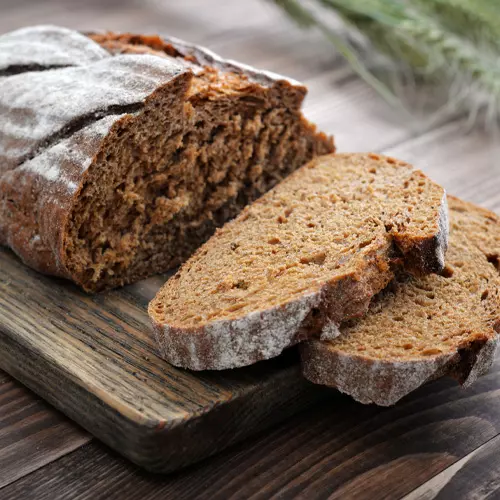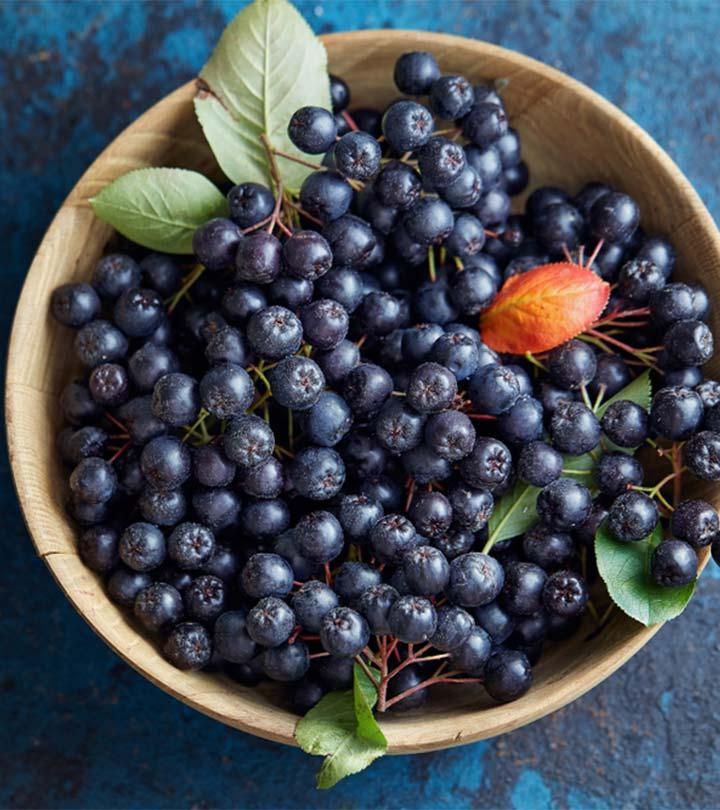A Guide To Different Types Of Bread

Image: Shutterstock
Bread, a staple that transcends cultures and cuisines, serves as a comforting and versatile food source across the globe. From the humble sandwich to the artisanal masterpiece, bread manifests in a multitude of forms, each with its own unique characteristics and flavors. In this article, we will uncover bread and its textures, ingredients, and regional influences. Whether you’re a passionate food enthusiast, a curious home cook, or simply someone looking to enhance their gastronomic knowledge, this article promises to satiate your curiosity and provide insight into the wonderful world of bread. Read on!
In This Article
1. White Bread
White bread, a timeless classic among the diverse range of bread varieties, boasts a soft and pillowy texture that’s instantly recognizable. Its light color and delicate flavor come from refined wheat flour, with the bran and germ removed. This process gives white bread its characteristic smoothness while also extending its shelf life. White bread’s versatility is evident in its widespread use for sandwiches, toasts, and as a complement to various dishes.
2. Brown Bread
Brown bread, a wholesome alternative to its lighter counterpart, offers a heartier and more nutritious option for bread enthusiasts. Made from whole wheat flour that retains its bran and germ, brown bread boasts a rich, earthy flavor and a distinctive nutty texture. The inclusion of these nutritious components provides an array of health benefits, including higher fiber content, essential vitamins, and minerals. Brown bread’s rustic appearance and robust taste make it a preferred choice for those seeking a more substantial and fulfilling bread experience.
3. Whole Wheat Bread
Whole wheat bread, a nutritional powerhouse among the bread family, takes center stage with its commitment to health and well-being. Crafted from flour that includes the entire wheat kernel, encompassing the bran and germ, this bread variety retains a robust, earthy taste while delivering a substantial dose of fiber, vitamins, and minerals. Its distinctive texture, punctuated by nutty nuances, offers a satisfying chew that complements its wholesome profile. Whole wheat bread stands as a symbol of conscious eating, making it a favored choice for those seeking sustained energy, improved digestion, and a boost in essential nutrients.
4. Rye Bread
Rye bread, a culinary treasure rooted in tradition, brings a distinctive and hearty character to the world of baked goods. Crafted from rye flour or a blend of rye and wheat flour, this bread boasts a deep, complex flavor with a touch of tanginess. Its dense texture and coarse crumb create a satisfying bite that’s as comforting as it is flavorful. Rye bread often features a darker color due to the presence of rye’s natural pigments. With its rich history and diverse variations, from light to dark rye, pumpernickel, and more, rye bread captures the essence of regional cuisines and time-honored recipes.
5. Baguette
The baguette, an iconic symbol of French culinary heritage, graces tables and baskets with its unmistakable elegance. With a slender, elongated shape and a golden-brown crust that crackles upon touch, this bread exudes a sense of artisanal craftsmanship. Crafted from simple ingredients – flour, water, yeast, and salt – the baguette’s magic lies in its preparation and baking technique. Its soft, airy interior contrasts with the crispness of its exterior, resulting in a harmonious marriage of textures. Often synonymous with Parisian café scenes, the baguette holds the versatility to enhance meals both simple and extravagant.
6. Sourdough
Sourdough bread, a testament to the timeless art of fermentation, stands as a culinary marvel celebrated for its unique taste and character. Born from a symbiotic relationship between wild yeast and bacteria, the sourdough starter infuses the dough with a distinct tanginess and depth of flavor. This bread’s signature chewy crust and irregular crumb structure are a testament to its artisanal creation. With a recipe that transcends time, sourdough embraces tradition and experimentation alike. Its versatile nature allows for variations that range from classic country loaves to innovative twists featuring herbs, seeds, and more.
7. Tortilla
Tortilla, a cherished culinary gem hailing from various cultures, unites simplicity with versatility in the world of flatbreads. Traditionally made from wheat or corn flour, this thin and pliable bread showcases a history of craftsmanship that spans generations. Whether it’s the soft and tender nature of flour tortillas or the hearty and earthy flavor of corn tortillas, each variation brings a unique charm to the table. Tortillas serve as the foundation for a diverse array of dishes, from classic tacos and enchiladas to modern wraps and quesadillas. With their ability to hold an array of flavorful fillings, tortillas embody the art of wrapping taste and tradition into a convenient and delightful package.
Each type of bread offers a unique experience that resonates with both our taste buds and our culinary curiosity. Whether you’re a dedicated food enthusiast or someone looking to broaden their palate, this article will surely make you crave more. So, which kind of bread is your personal favorite? Let us know in the comments section!


























